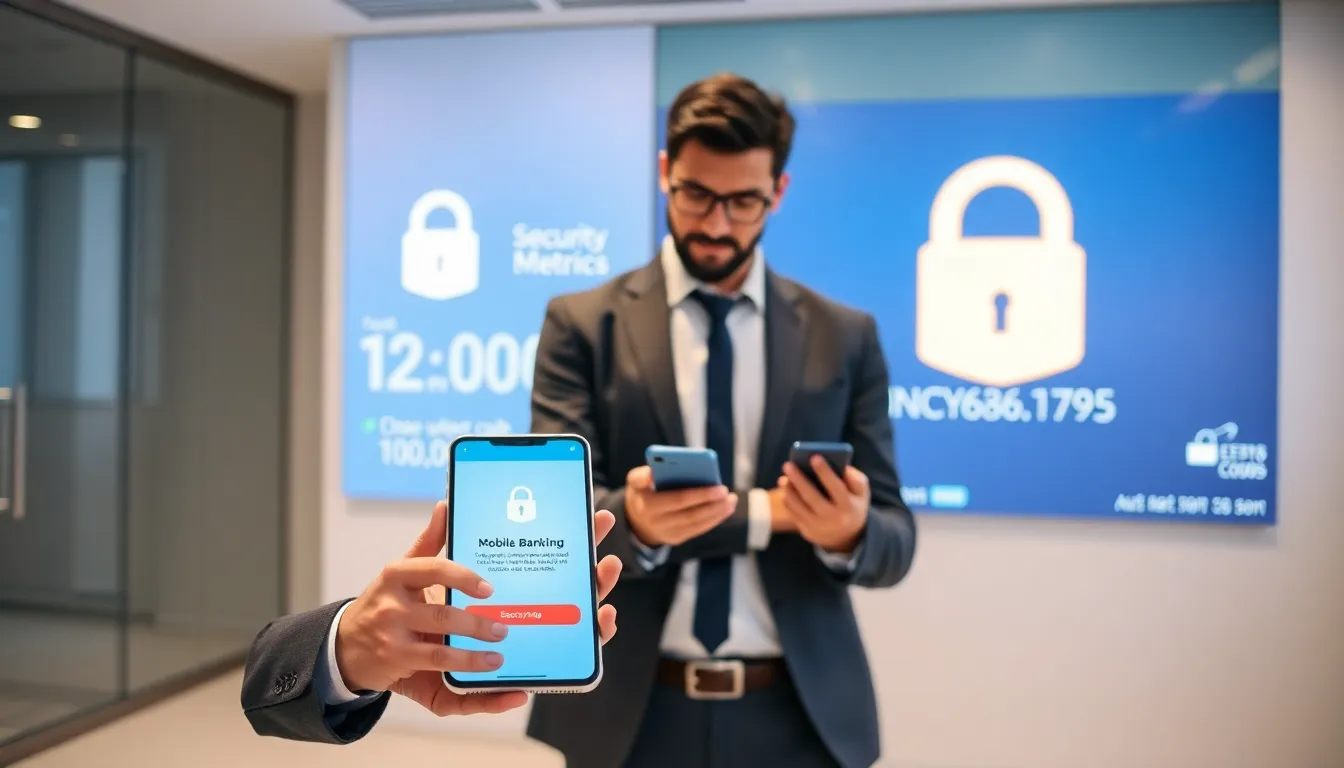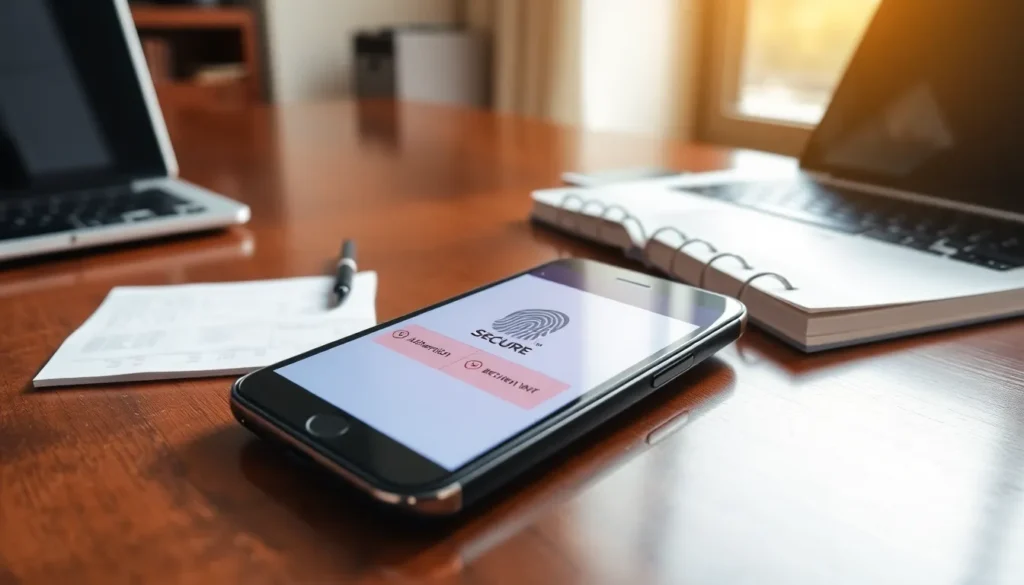In a world where everyone’s constantly on the go, mobile banking apps have become the lifeline for managing finances. But here’s the kicker: how safe are these apps? They promise convenience at your fingertips but with that convenience comes a hefty dose of concern about security. Let’s explore whether these digital wallets are a safe bet or a risky gamble, all while keeping a few laughs along the way. Buckle up: it’s time to navigate the murky waters of mobile banking security.
Table of Contents
ToggleUnderstanding Mobile Banking Security

Mobile banking security isn’t just a buzzword: it’s the backbone of trust that users place in their financial apps. At its core, mobile banking security is the practice of protecting sensitive financial information from malicious activities. With millions of transactions zipping across networks every second, understanding how these apps safeguard data is essential.
One key aspect is encryption. This method scrambles data into an unreadable format, making it nearly impossible for hackers to decipher. Alongside encryption, two-factor authentication adds an extra layer of security, requiring users to verify their identity through a secondary method, like a text message or email.
Also, banks invest in regular updates to their security infrastructure, patching vulnerabilities as they arise. The digital landscape is constantly evolving, and mobile banking apps must keep pace to protect users.
Common Security Features of Mobile Banking Apps
When it comes to security features, mobile banking apps aren’t skimping. Several robust mechanisms are typically in place to shield your hard-earned cash. To start, biometric authentication has become a staple. That’s right: your fingerprint or face can now unlock your banking secrets.
Also, many apps provide automatic log-off features. If a user gets distracted and leaves the app open, it will log out after a period of inactivity. This precaution helps prevent unauthorized access should your phone end up in the wrong hands.
Also, transaction alerts keep users informed of activities on their accounts. If someone attempts a withdrawal without permission, the app sends an immediate alert. This gives users the chance to take swift action.
Risks Associated with Mobile Banking Apps
Even though the numerous safeguards in place, risks associated with mobile banking apps can’t be overlooked. One primary concern is phishing attacks. Cybercriminals craft fake messages that mimic legitimate requests for personal information. Users may unwittingly provide sensitive data, believing they’re communicating with their bank.
Malware also presents significant threats. If a phone is infected with malicious software, attackers can gain access to everything stored on the device, including banking apps. To top it off, unprotected Wi-Fi networks can serve as a playground for hackers to intercept data transferred during transactions.
Finally, human error plays a role in security breaches. Forgetting to log off an app, using weak passwords, or neglecting updates can lead to vulnerabilities that hackers might exploit.
Best Practices for Mobile Banking Security
To mitigate the risks associated with mobile banking, adopting best practices is crucial. First and foremost, users should always download apps from official sources, like the Apple App Store or Google Play Store. These platforms regularly monitor apps for suspicious activity.
Using strong, unique passwords is another essential practice. A mix of letters, numbers, and symbols creates a more secure password. Besides, enabling two-factor authentication on all accounts adds an indispensable layer of protection.
Regularly updating mobile devices is also necessary. Software updates often patch security flaws, making it critical to stay on top of them. Finally, educating oneself about the latest scams and phishing techniques can help users recognize potential threats before they can compromise security.
How to Choose a Secure Mobile Banking App
When searching for a secure mobile banking app, it’s wise to consider several factors. Start by checking for security certifications. Some apps undergo rigorous testing to earn industry certifications, indicating higher security standards.
Reviews and user experiences are equally telling. Apps with positive reviews about security features suggest reliability. Besides, it’s beneficial to choose a bank with a solid online reputation and a history of proactive security measures.
Finally, considering the support system in place is essential. A responsive customer service team is vital should any security issues or questions arise.
Future of Mobile Banking Security
As technology advances, so do the methods of securing mobile banking apps. The future looks bright, with exciting developments on the horizon. Artificial Intelligence (AI) is set to play a significant role in fraud detection, analyzing behaviors to identify unusual activities.
Also, blockchain technology is emerging as a powerful tool for enhancing security. By decentralizing transactions, blockchain can reduce the risk of fraud and unauthorized access. Expect to see more banks integrating these sophisticated solutions into their apps.
Finally, the advent of biometric technologies such as palm recognition or voice authentication will likely become mainstream. These innovations could revolutionize how users secure their finances, making transactions safer than ever.





